Get the Scoop on Blues' budget friendly Lithium Ion Capacitor
How do you power your projects? Mains plug? Batteries? What if either of those things fails? A backup energy source that can keep your device on - even briefly - can be the difference between robust trustworthy systems and expensive automation disasters.
Scoop is a 250F Lithium Ion Capacitor (LIC) on a small PCB with some charge circuitry, solder points, and JST connectors. Alone, it's a pretty handy way to give your projects emergency backup power, but when viewed in context as a part of Blues' (previously Blues Wireless) product line - and as an essential element of any Internet of Things (IoT) project - it becomes something much more. It might sound like quite an exaggeration, but Scoop might just be the best $10 you could spend to improve your design and prototyping right now.
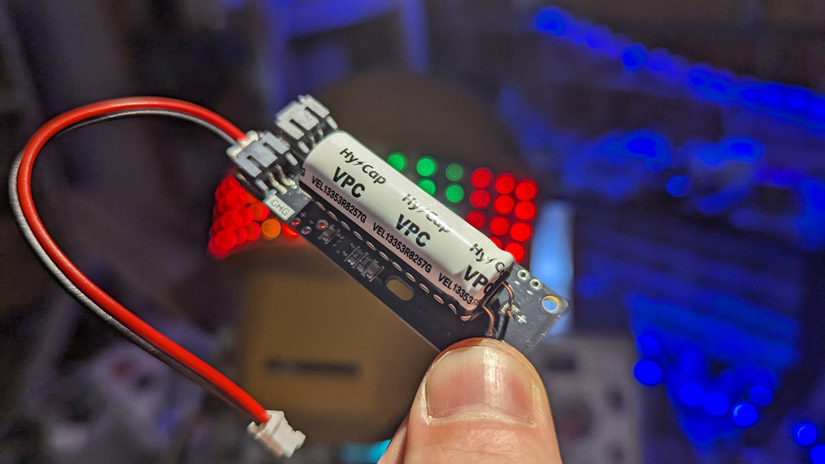
We'll get into the why and the how soon, but first, some history.
Since the beginning of the IoT revolution, power has been a problem. Early IoT devices suffered from an irritating, ironic issue. Their connectivity allowed them to do much more in harder to access places than similar devices from previous decades. Unfortunately, that same connectivity made them power hungry. A wall-mounted wireless sensor is useless if it requires daily charging, and a connected switch loses some of its charm if it only checks for changes every now and then to reserve battery power. Things get altogether more serious when talking about mission critical safety gear, too. An industrial temperature sensor that loses power can be more than an inconvenience - it can cost lives.

Thankfully, the technology backing both consumer and industrial IoT devices has improved significantly in recent years. Lithium Ion (Li-Ion)batteries combine incredible energy density with enough stability to build them into small enclosures. Microcontrollers and radio peripherals consistently manage to do more with less power draw. TinyML and other forms of EdgeAI are and will remain to be for some time, mystical to those who witnessed the early days of Artificial Intelligence.
Suddenly, both the runtime and power availability of battery operated devices improved, while the required footprint decreased. This was when smart homes, factories and cities became a reality.
So, why the lengthy introduction? To give context. Lithium Ion batteries are a big deal and still the perfect long-term power solution for any project. They'll likely stay the top choice for a while. All of this makes the prospect of Lithium Ion Capacitors like Scoop even more impressive, as in certain situations, an LIC outperforms a Li-Ion battery.
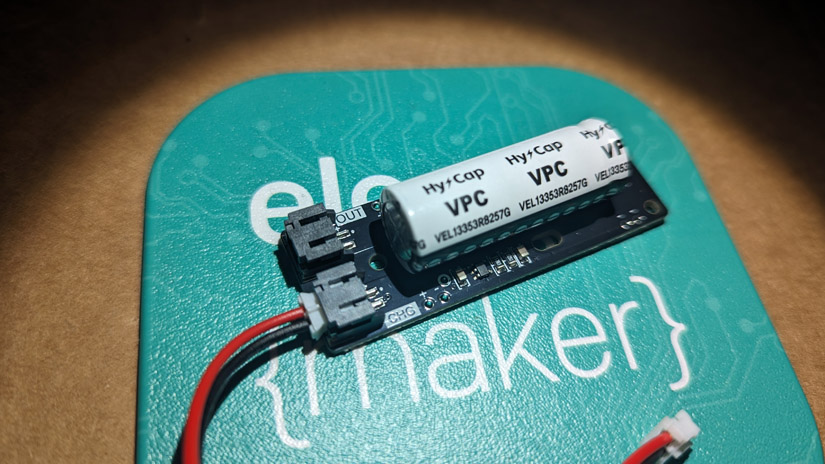
Mission critical devices need reliable power sources. If the mains power goes out, and the battery backup has self-discharged or suffered temperature damage, you might not know something is wrong until too late. If only there was something that was remarkably resistant to self-discharge and worked in a higher temperature range?
Getting The Scoop: The Specifications
While there aren't many specs, there is a blend of impressive short-term power and ease of use depending on your use case.
- Capacitor: Lithium-Ion 250F 3.8V. Provides reliable power and stable delivery over a short period of time.
- Connectors: JST Battery Connectors PH-2POS wired for Adafruit-style packs.
- Charge Connector: J1, Accepts 4.8V-24V.
- Output Connector: J2, Outputs 2.5V-3.8V.
- Header Pins: 4 pairs of through-hole mounted male header pins.
Scoop has been designed minimally while including everything you'd need in any project. The JST connectors make it easy to prototype with, and the through-hole header pins allow integration into
The other important factor here is price. At just $10, it makes for an incredibly budget-friendly addition to your toolkit. If you've already read enough, you can buy Scoop direct from the Blues Store and find out more on the Scoop Datasheet and Blog Announcement pages.
What's the Deal with Lithium-ion Capacitors?
In recent years, Lithium Ion (Li-Ion) and Lithium Polymer (Li-Po) Batteries have ended up in pretty much every type of consumer device. While there are important differences, for the sake of simplicity, I'm going to group Li-Ion and Li-Poly batteries together and refer to them interchangeably in this article. Statistically, almost everyone who reads this blog is doing so on a Li-Ion battery device. There's a good reason for this, they are cheap to produce and store a lot of power - but they are not perfect.
In cold environments, they suffer performance losses. Heat can cause explosions and fire. Heaven forbid you puncture one! They have a self discharge rate of up to 2.5% per month, which isn't a problem in day-to-day consumer devices, but doesn't make them good long term backup power solutions. Add to this a lifespan of 5000-10000 charge/discharge cycles, and the fact that Li-Ion batteries don't like being empty or full and you begin to realize they may not be the best option for on-site backup.
Enter the SuperCapacitor. As the name suggests, it's a capacitor, but better. More Super. Capacitors store power and have almost none of the drawbacks of batteries. Unfortunately, most supercapacitors also store a very small amount of energy. This is where Lithium Ion capacitors come in. The perfect hybrid sidestepping the drawbacks of Li-Ion batteries, while vastly improving the energy capacity compared to other capacitors. LICs don't self-discharge, even in high-heat environments. If they do fail, they don't suffer catastrophic thermal runaway. This combination of safety with exceptional longevity makes LICs like Scoop incredibly desirable for IoT and remote applications.
YouTuber Great Scott did a great breakdown on the advantages and potential use cases for Lithium-ion Capacitors a while back:
In short, Lithium Ion capacitors are perfect for short-term backup power. They don't give off nearly as many Watt Hours as their battery counterparts, but have charge lifespans that are 10x as long as batteries, can provide more power per gram than batteries, and are much more stable. As the comments of the video above mention, price is the only real barrier to entry here, but at just $10 Scoop solved that problem too!
So, if you are looking for something dependable to pick up the slack and send warnings when your main power source dies on a project, the Li-Ion Cap in Scoop might just be perfect. It almost seems like these folks at Blues might know what they are doing.
Who is Blues?
While this blog is about Scoop, it's impossible to really separate it from Blues in general. Scoop fits into an existing hardware and software ecosystem that Blues (previously Blues Wireless) has been cultivating for the last five years.
Blues aim to make IoT development quick and easy with a range of hardware and software focusing on low-power usage and low-fuss setup. Blues offers Notehub, a software service that facilitates secure data transfer from Notecard devices to various cloud platforms. Notehub also offers device monitoring and Over The Air (OTA) firmware upgrades.
Notehub offers a lot and is designed for ease of use, but in this section, we'll briefly look at what Hardware Blues offers and see why Scoop is the perfect addition to this lineup.
Notecards: Notably Low Power Connectivity
Perhaps the best known piece of hardware from Blues is the Notecard. It comes in two variations - Cellular and Wi-Fi. Both are super low-power M.2 keyed boards adding - perhaps unsurprisingly - Wi-Fi and Cellular connectivity to projects. They offer a super low-power "always on" battery operation, onboard temperature and motion sensing, and can communicate via USB, UART, or I2C with a host MCU or computer - or act independently using the onboard ARM® Cortex®-M4 MCU with 2MB Flash.
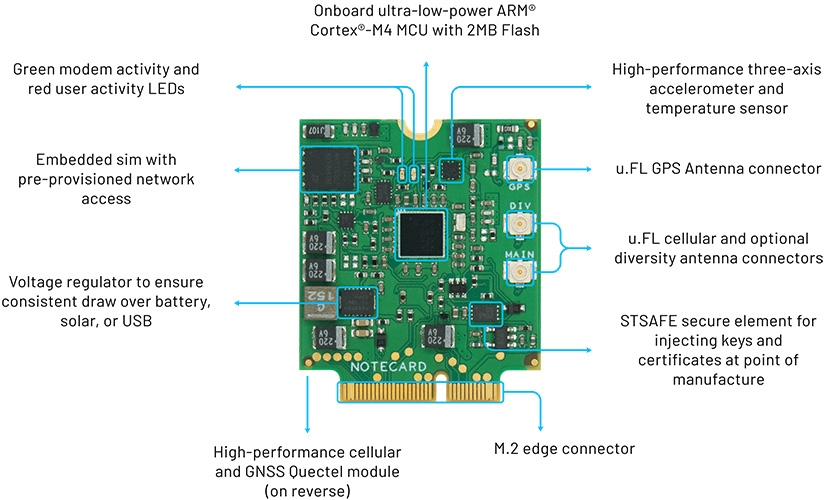
In short, Notecards are:
- A versatile, embeddable data storage and transport module designed for cellular IoT products
- Facilitates bidirectional data transfer between the device and the cloud
- Supports JSON-formatted or binary data known as "Notes"
- Enables JSON communication between the MCU application and the device through I2C, Serial, or USB
- Automatically tags JSON data with date/time, tower, and GPS location information
The Blues website gives plenty of reasons its Cellular Notecard is noteworthy, but to paraphrase a few:
- Hassle-free: The MFF2 SIM integrated within offers both North American and Global coverage options without requiring a separate SIM or carrier subscription. It comes with a 10-year global cellular service plan including 500MB of data (additional data options available upon request).
- Secure: It incorporates the STSAFE Secure Element with hardware crypto, a genuine hardware random number generator, and an ECC P-384 certificate provisioned during chip manufacture.
- Power-conscious: Features an integrated GPS with an LIS2DTW accelerometer for power-efficient location and motion awareness. It offers a mostly-offline data sync mode for low power consumption and an always-online mode for low latency.
- Connected: Provides seamless connectivity without the need to deal with SSIDs, passwords, access points, gateways, carriers, or SIM cards.
- Encrypted: Ensures secure transactions without provisioning challenges through encrypted "off the internet" communication.
- Efficient: Designed for battery-powered cellular use without the complexity of managing modems, connections, queues, or storage.
- Integrated: Utilizes an exceptionally lightweight cloud infrastructure that efficiently routes your data to its destination, whether it's AWS, Azure, GCS, or your own cloud.
- Built for data: Offers data routing and straightforward "no code/low code" visual data stream analysis through Notehub.io (SaaS), or you can host and integrate Notehub functionality into your own application (OSS).
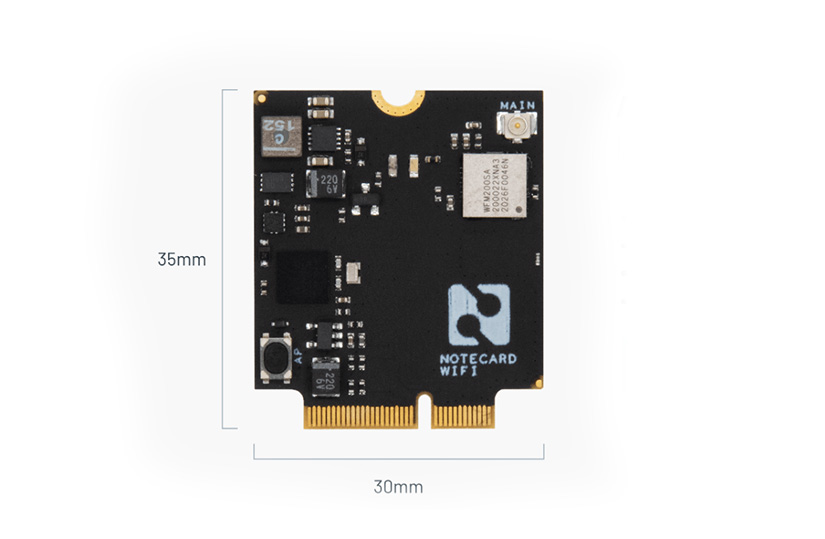
The Wi-Fi variant has the same feature set and JSON programming interface, though it replaces cellular capabilities with a Silicon Labs WFM200S Wi-Fi module. Both are capable of operating at super low power, only waking up to transmit data based on pre-programmed intervals, or movement sensed via the onboard IMU.
Notecarriers
Blues also provides several M.2 slot baseboards called Notecarriers, designed to make the Notecards standalone units of various sizes, turn them into Raspberry Pi HATs, or incorporate an Adafruit Feather form factor development board, like Blues' own Swan STM32-based dev board. Blues also offers LoRa boards to extend local setups as part of their Sparrow line.
Each Notecarrier comes with an extra SIM card slot, which is handy for adding extra connectivity, but they also add connection points for external power sources like Li-Po batteries.
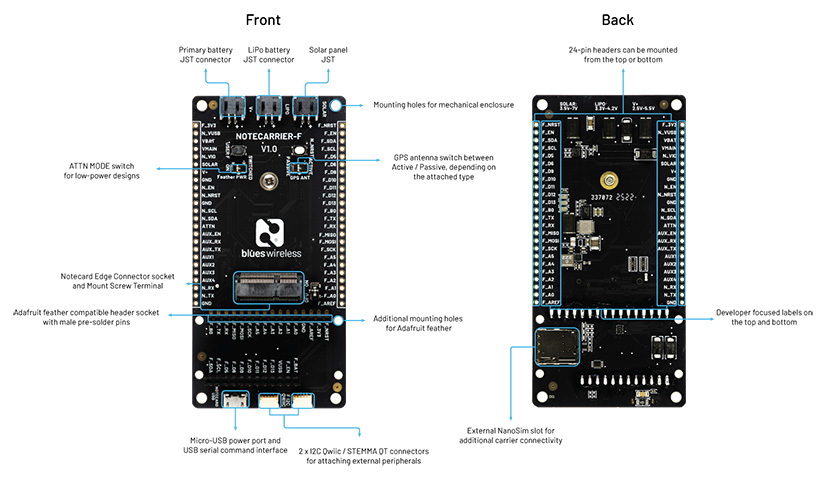
Which brings us back to Scoop. Every element of the Blues lineup centers around low-power, secure data transfer.
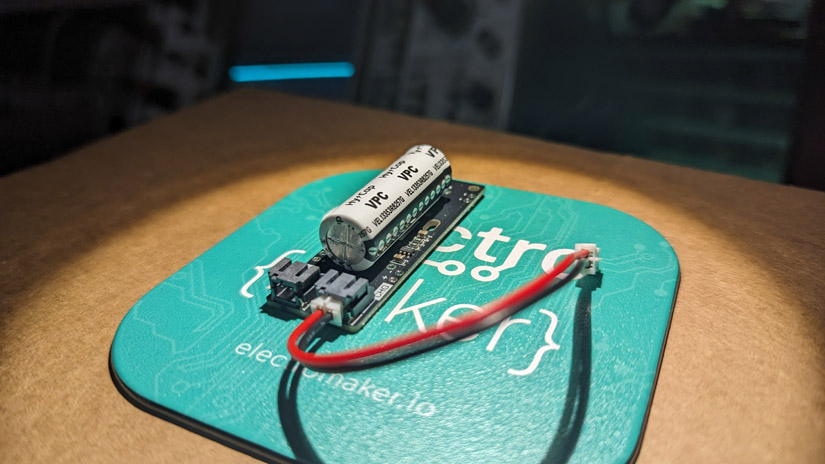
Sure, these devices are designed to run on battery power, but we've already established - batteries have limits. LICs also have limits, but they fall outside of the limits of batteries, making them the perfect backup for any system.
Scoop Use Cases
Perhaps the best place to see a potential use case for Scoop is Blues' own documentation. They have an example project designed to detect power outages, switch power supplies, and send a custom warning. The Power Outage Detector project actually targets a battery backing up a mains supply, but the theory would be the same for Scoop, and given the long-term shelf life of LICs, it'd be a much more robust solution to incorporate a Lithium Ion Capacitor into the design.
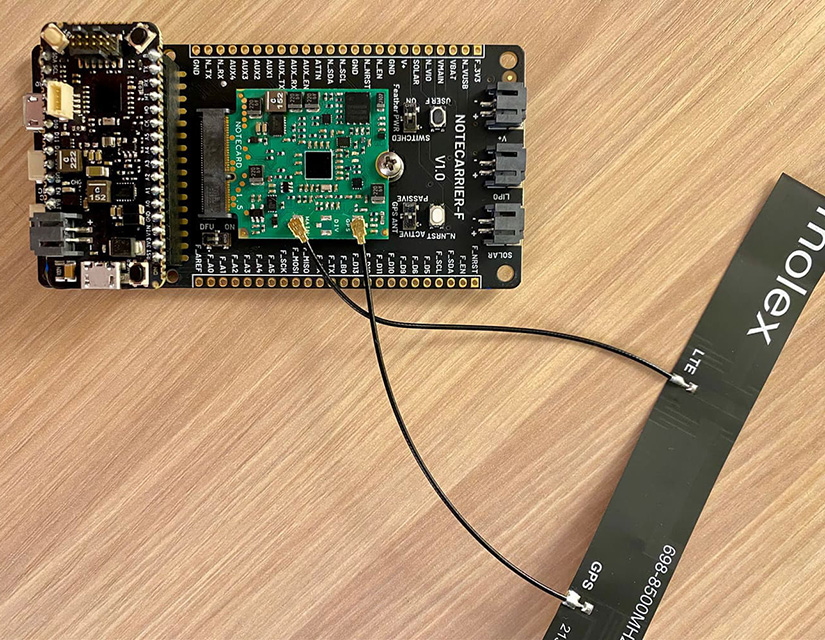
LICs make great additions to any battery-powered project, too, as battery discharge rates can be unpredictable and are highly dependent on ambient temperature. Also, while the Notecarrier F is feather form factor friendly, there's nothing to stop you from getting started with a more bare-bones approach!
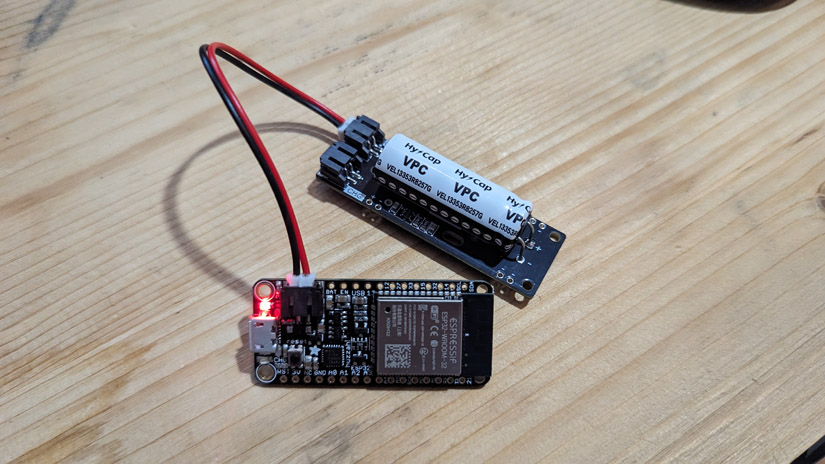
While Blues hardware is primarily aimed at low-power applications, LICs like Scoop can fit into much more power hungry situations, too. Say you have a computer performing a mission-critical task in a commercial environment - computer vision would be a good example. The addition of a normally open relay to this system would allow a charged Scoop unit to power a wireless MCU in the event of a main system failure, sending critical information in the moment and even triggering secondary safety procedures regardless of the local power situation.
The Scoop: LICs are Awesome
So, we took a bit of a long way round to say something essentially very simple: LICs are awesome, and you should definitely start thinking about them when starting new designs. If you are in any doubt - the part of the Great Scott video embedded above where he hammers a nail into it should give you some idea why this could be the perfect backup power device. Scoop just adds a cherry on top by being already mounted, and easy to prototype with.
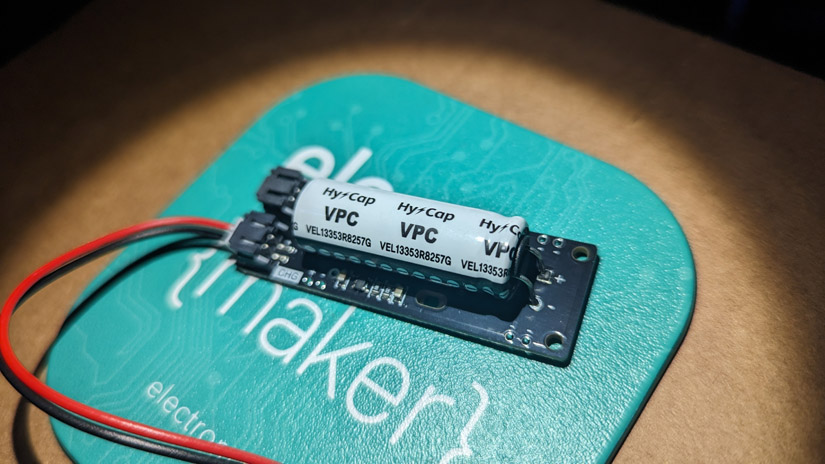
The rest of the story comes from the changes in the IoT over the last few years, and the companies that have stepped in to provide easy-to-use hardware with simple software solutions. So far, it seems like Blues haven't put a foot wrong (even if I find them harder to find on social media since rebranding from Blues Wireless), and I'm excited to see what people make with Scoop and the rest of the hardware they provide!
Scoop is priced at just $10, and is available directly from Blues via their online store.





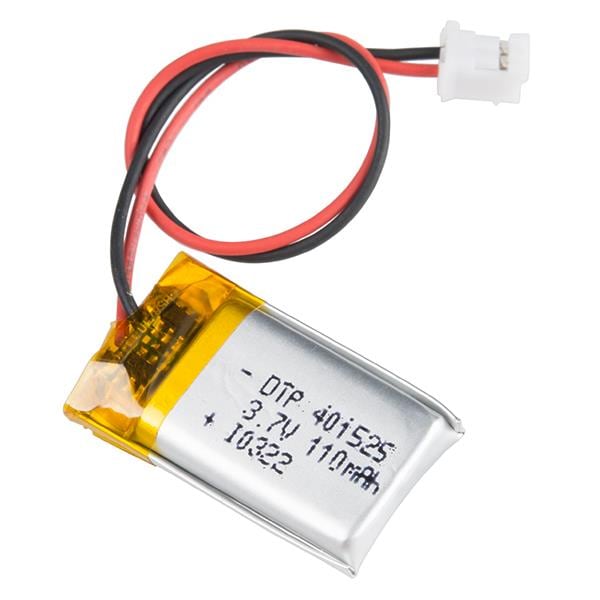
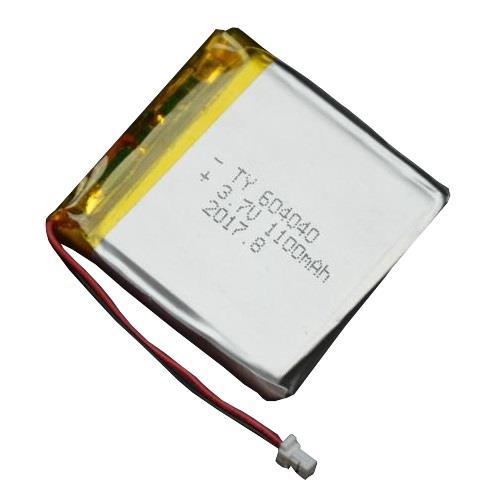
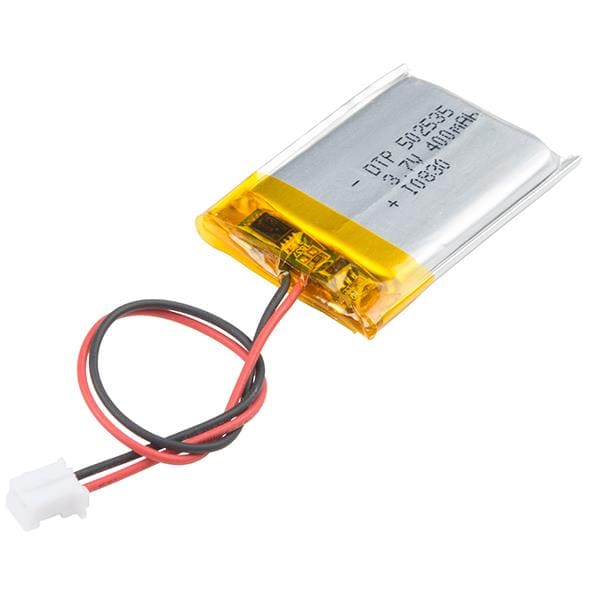
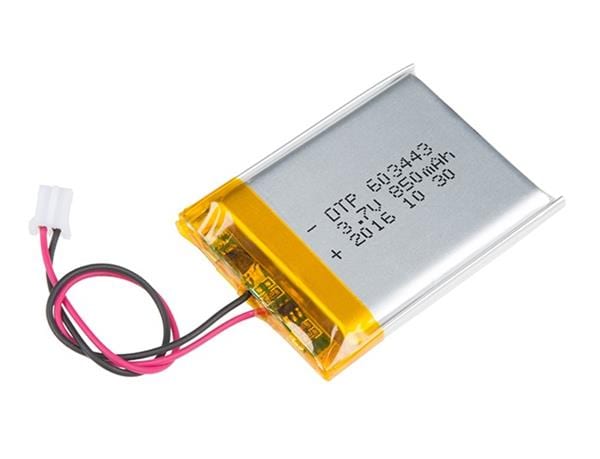
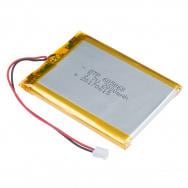
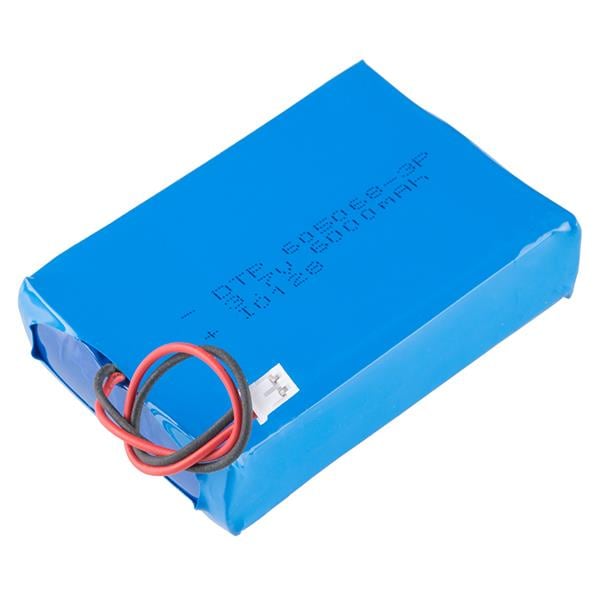
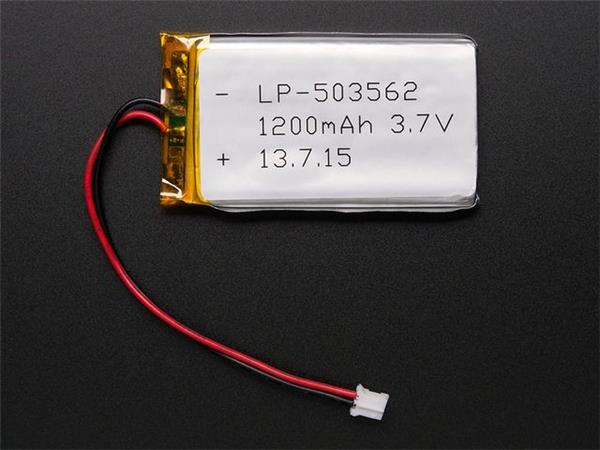
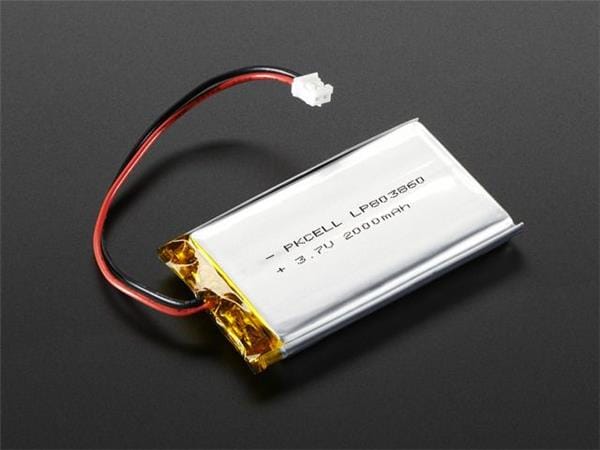
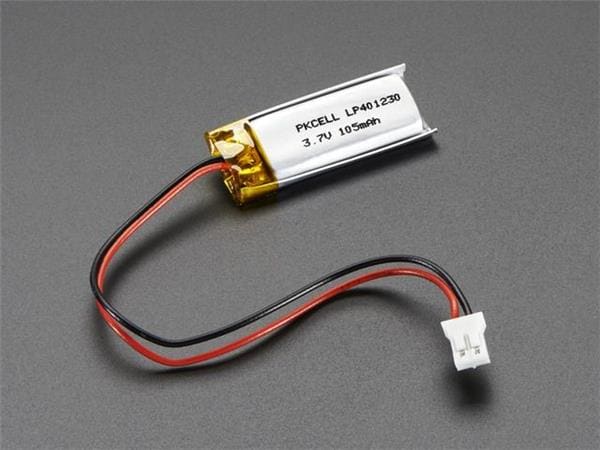
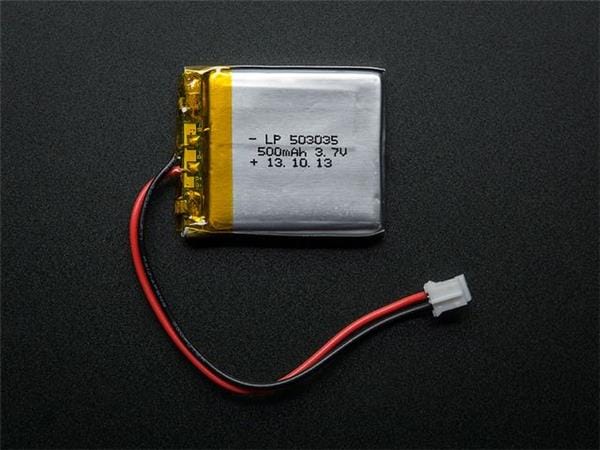
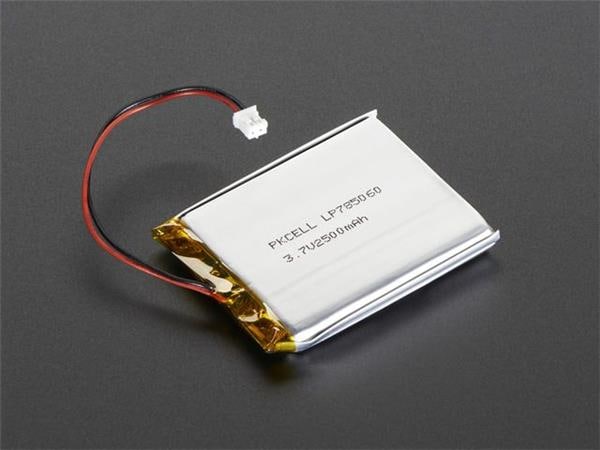
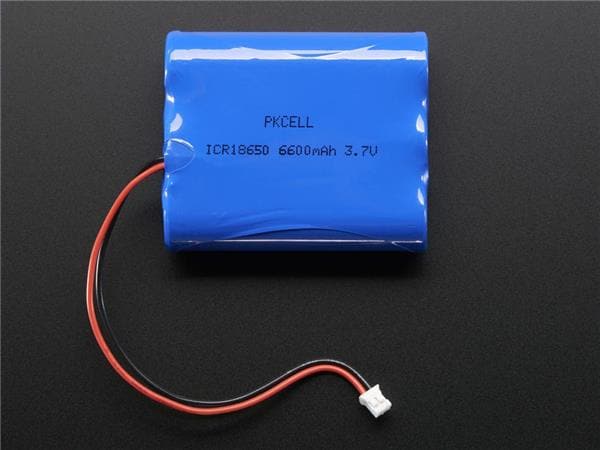
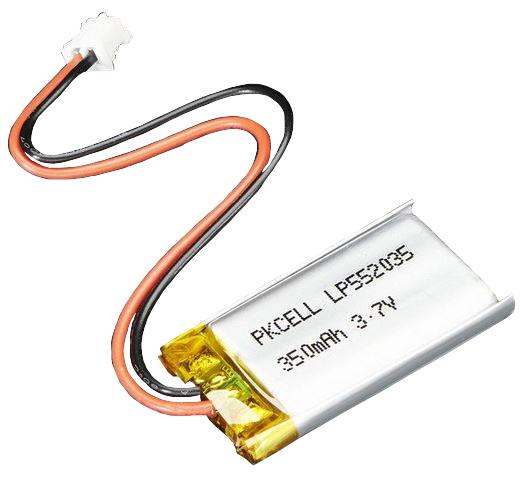
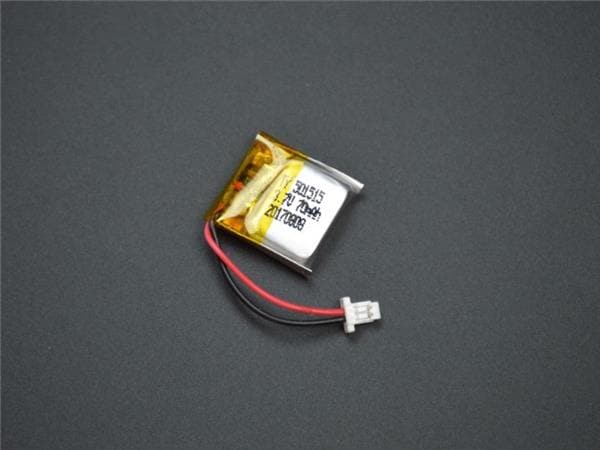
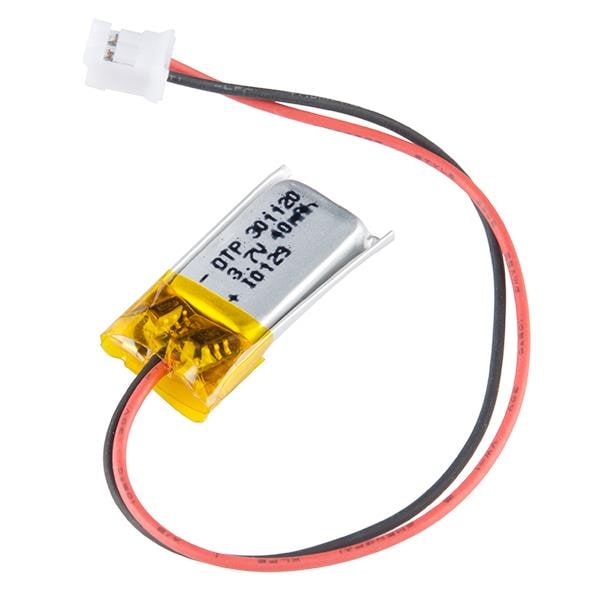
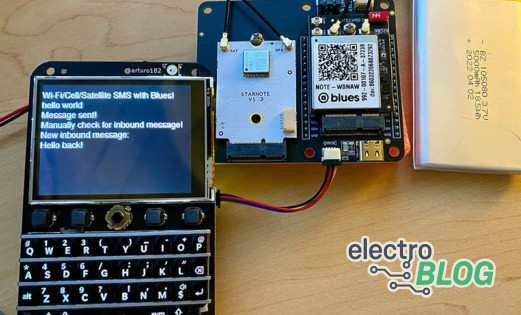
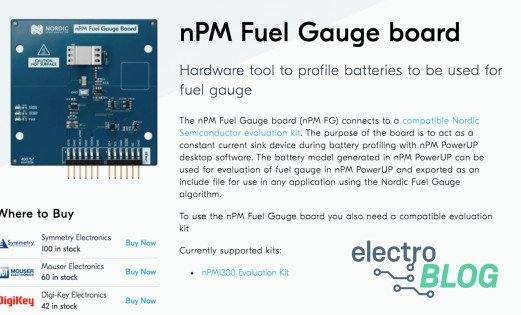

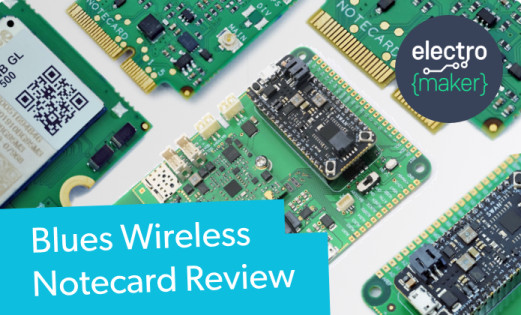

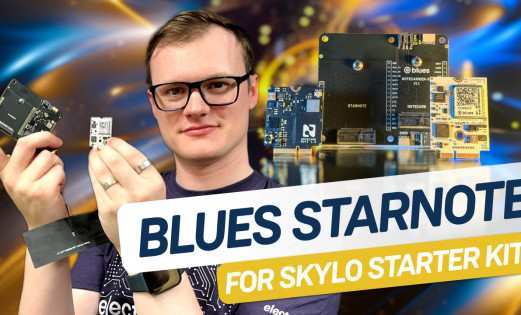

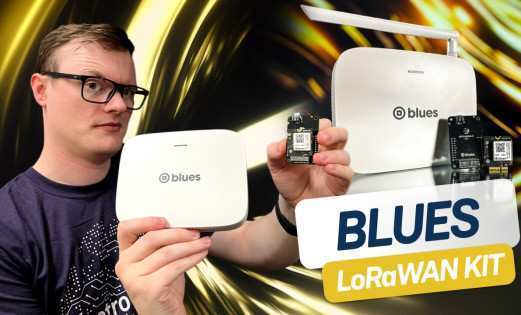
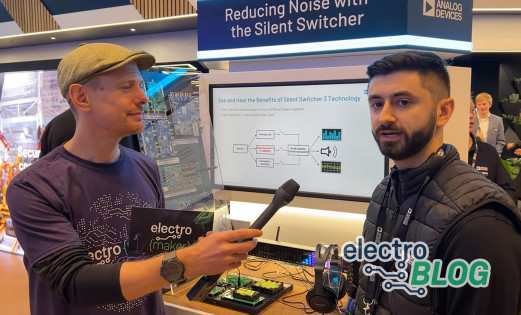
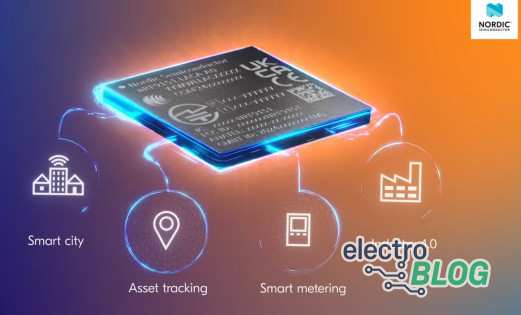
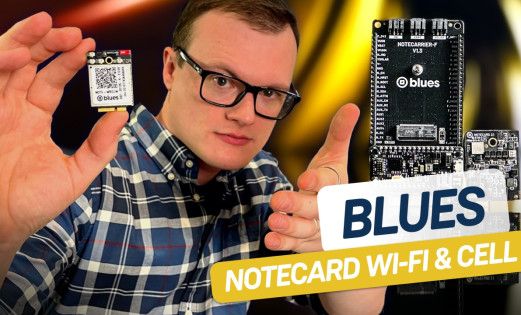
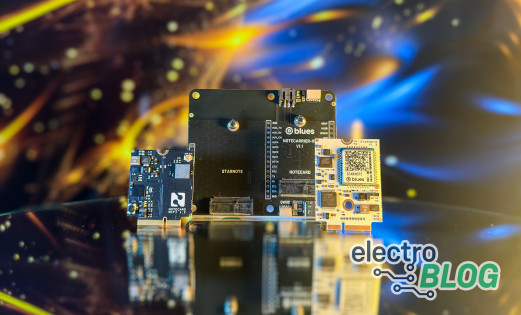
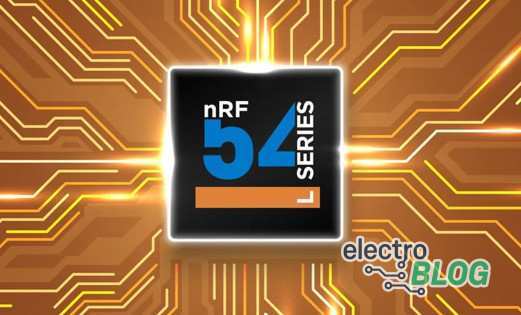
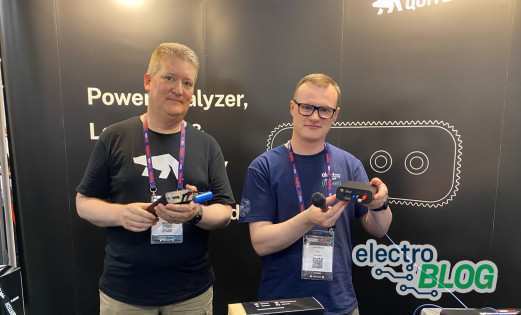

Leave your feedback...